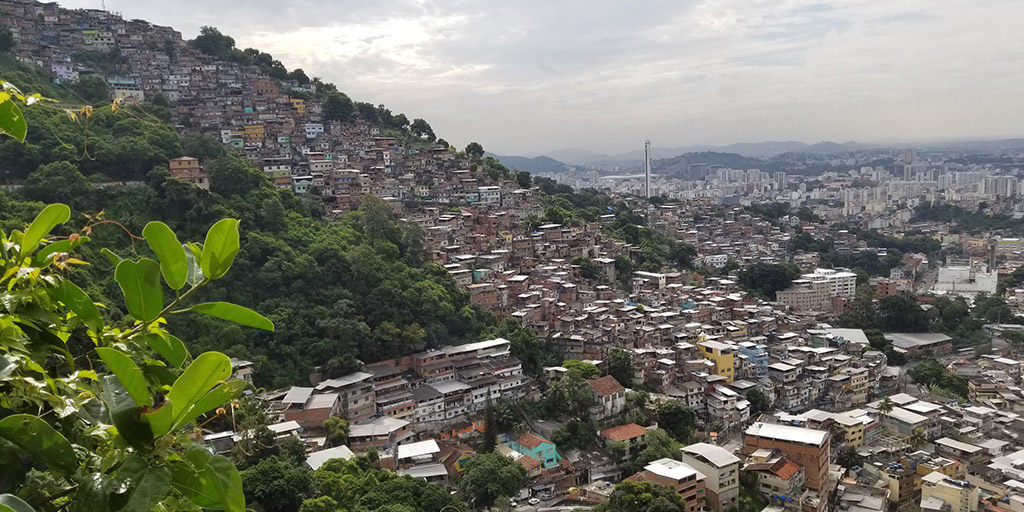Sustainability in Curitiba: A student perspective of sustainability
 CREDIT: URVI PRAJAPATI
CREDIT: URVI PRAJAPATIOne Fanshawe student visited Curitiba and saw how citizens are incorporating sustainability into this city.
According to the Bruntland Report, “Sustainability is meeting the needs of today without compromising the needs of the future generation”.
During this semester, I had a chance to take part in a two-week exchange program to Brazil.
As a group of Landscape Design and Environmental Planning students, we worked on a community project proposing the revitalization of the existing fa�ade such that the goals and vision of the community were maintained. Our design was inspired by the local architecture, trends, and lifestyle observed. One of the cities visited in the two week duration was Curitiba.
Curitiba is the largest city in the state of Parana. The census metropolitan region consists of 26 municipalities and a total population of 3.2 million. With quite a large population, it is a challenge to meet the growing needs in all sectors. Amenities like transportation and garbage collection are done at a large scale. The transportation system is fast paced, frequent and efficient. The buses come every 10 minutes and the entire city planning is done surrounding this transportation model. Because the bus system is fast and effective, there are more bus users than car users in the city. Additionally, the Bus Rapid Transit (BRT) has routes across the metropolitan with multiple buses on one route. To make it easier for the public they, have colour coded the routes, making it easier for users to comprehend. Since most people use this system, Greenhouse Gas Emissions (GHG's) and overall environmental impact on the community are low.
Furthermore, Curitiba has started various garbage collection initiatives in schools and workplaces. The belief is that garbage is everyone's responsibility, and everyone should be knowledgeable about it. Curitiba's recycling program is one of the oldest and started in the 1950s to ‘60s. Today, the city recycles 70 per cent of its waste, with only 30 per cent ending up in landfills.
To make the recycling program so successful, initiatives like sweepers, park maintenance, and garbage collection crews are employed. Waste is collected every day from the streets and locals, making it easier to manage.
The Arts and Crafts Market or the flea market on Sundays consist of vendors that sell 100 per cent recycled items, handmade recycled to help reduce waste and earn some money. For example, reusing tires to create seating, used lightbulbs to make mini lamps, empty beer cans to make a motorcycle and pumpkin seeds to create decor.
Honey Island is a series of small islands that consist of mini homes and hotels targeted just for tourists. The islands have no streetlights and are very secluded. Although they are secluded, even here waste management is amazing. They have the most creative ways of collecting and managing waste such as using bottles to collect cigarette butts and other waste at various path intersections to prevent pollution on the beach.
Overall, the trip taught me a lot. I found it amazing that in a country that is considered developing, that the government puts so much funding toward sustainable initiatives. It might be because tropical climates are more susceptible to climate change, or it may be that people there are more in tune with nature. Either way, I believe former Curitiba Mayor Jamie Lerner had it right when he said, “There is no place in a city that can't be better. There is no toad that can't be a princess, no frog that can't become a prince.”














